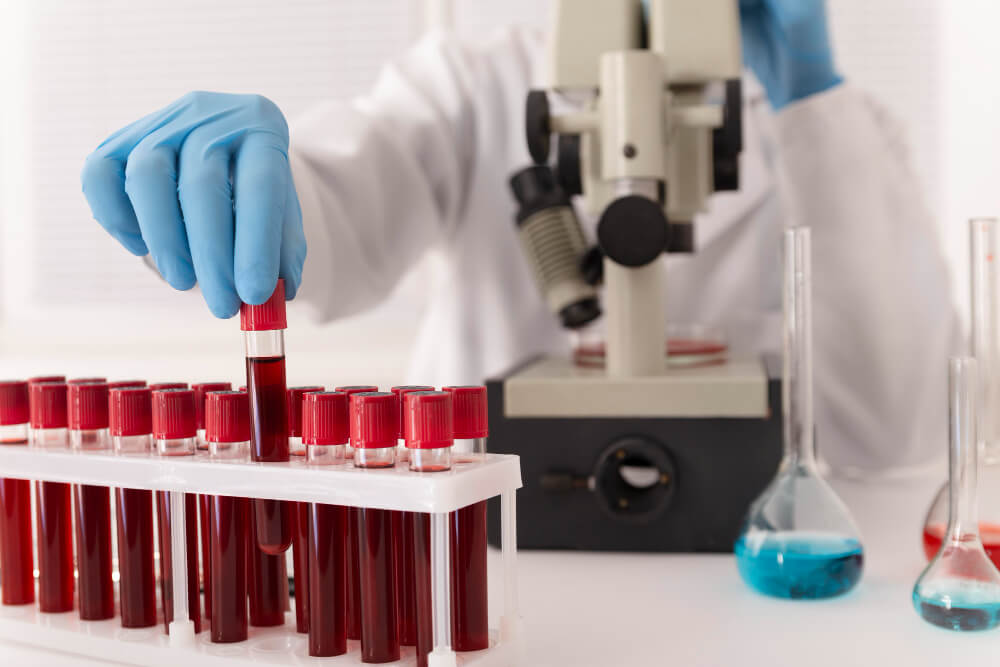Understanding Rheumatoid Arthritis: Symptoms, Diagnosis, and Taking Control
Rheumatoid arthritis (RA) is a chronic autoimmune disease that primarily affects the joints. It causes inflammation and pain, leading to stiffness, swelling, and even joint damage over time. While the exact cause remains unknown, RA disrupts the body’s immune system, mistakenly attacking the tissues lining the joints. This article delves into the world of RA, exploring its symptoms, diagnosis methods, and empowering treatment options to manage the condition and improve quality of life.
Recognizing the Signs: Common Symptoms of Rheumatoid Arthritis
The hallmark symptoms of RA often develop gradually, though some individuals experience a rapid onset. Here’s a breakdown of the key indicators:
- Joint Pain and Tenderness: This is the most prominent symptom, typically affecting multiple joints on both sides of the body (symmetry) in a mirror-image pattern. Small joints in the hands, wrists, and feet are commonly affected first, but larger joints like knees, hips, shoulders, and elbows can also be involved.
- Morning Stiffness: Stiffness and difficulty moving your joints, particularly upon waking or after periods of inactivity, are classic signs of RA. This stiffness can last for more than 30 minutes and gradually improve with movement.
- Joint Swelling and Warmth: The affected joints may appear swollen and feel warm to the touch due to inflammation. This inflammation can also cause redness in the surrounding skin.
- Fatigue and Loss of Energy: Chronic fatigue is a frequent complaint among individuals with RA, impacting overall energy levels and making daily activities more challenging.
- Loss of Function and Deformity: As the disease progresses, joint damage can lead to a gradual loss of function and potential deformity. This can significantly impact mobility and daily tasks.
Beyond the Joints: Additional Symptoms of RA
While joint-related symptoms are the most prominent, RA can also affect other parts of the body:
- Fever: Low-grade fever may accompany periods of increased joint inflammation (flares).
- Weight Loss: The combination of inflammation and fatigue can contribute to unintentional weight loss.
- Carpal Tunnel Syndrome: The inflammation can compress the nerves in the wrist, leading to symptoms like numbness, tingling, and weakness in the hand.
- Sjogren’s Syndrome: This autoimmune condition can co-occur with RA, causing dryness in the eyes and mouth.
Cardiovascular Disease: RA increases the risk of heart disease, possibly due to chronic inflammation.
When to See a Doctor
If you experience persistent joint pain, stiffness, or swelling, especially for more than a few weeks, schedule an appointment with your doctor. Early diagnosis and treatment are crucial to slow disease progression, minimize damage, and improve your overall well-being.
Navigating Diagnosis: How Doctors Identify Rheumatoid Arthritis
There’s no single test to definitively diagnose RA. Doctors typically rely on a combination of factors, including:
- Medical History and Physical Exam: Your doctor will discuss your symptoms, duration, and any family history of autoimmune diseases. A physical examination will assess joint tenderness, swelling, and range of motion.
- Blood Tests: These tests can detect markers of inflammation, such as erythrocyte sedimentation rate (ESR) and C-reactive protein (CRP). While not specific to RA, elevated levels may indicate an underlying inflammatory condition.
- Imaging Tests: X-rays can reveal joint damage in later stages of RA, while MRI scans can detect inflammation even before structural changes are evident.
Taking Charge: Treatment Options for Rheumatoid Arthritis
While there’s no cure for RA, a multi-pronged treatment approach can significantly improve quality of life. Here’s an overview of the primary strategies:
Medication
- Nonsteroidal Anti-Inflammatory Drugs (NSAIDs): Over-the-counter pain relievers like ibuprofen and naproxen can help manage pain and inflammation.
- Disease-modifying Anti-Rheumatic Drugs (DMARDs): These are the cornerstone medications for RA. They work by modulating the immune system to slow disease progression and prevent joint damage. Common DMARDs include methotrexate, leflunomide, sulfasalazine, and hydroxychloroquine.
- Corticosteroids: These powerful medications can provide quick relief from inflammation during flares. However, they are typically used for short periods due to potential side effects with long-term use.
- Biologic Drugs: These newer medications target specific molecules involved in the inflammatory process. Biologic drugs can be highly effective for moderate to severe RA, especially when DMARDs are not sufficient.
Physical and Occupational Therapy:
These therapies can play a vital role in managing RA. A physical therapist can design an exercise program to improve joints.


